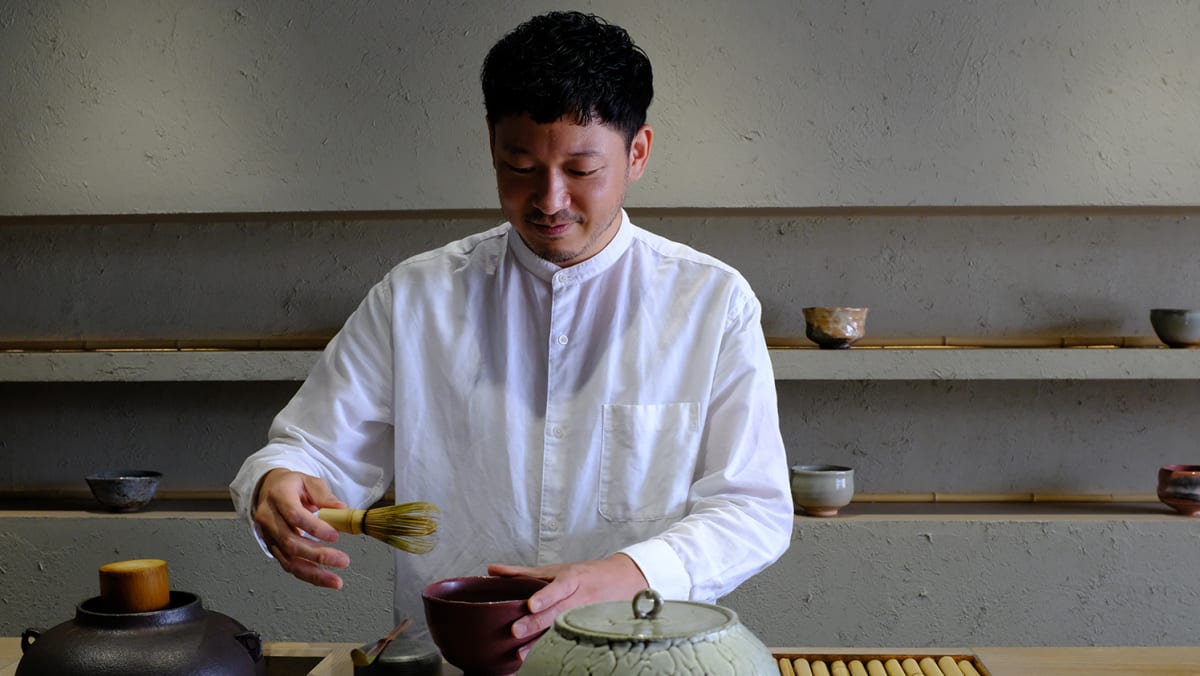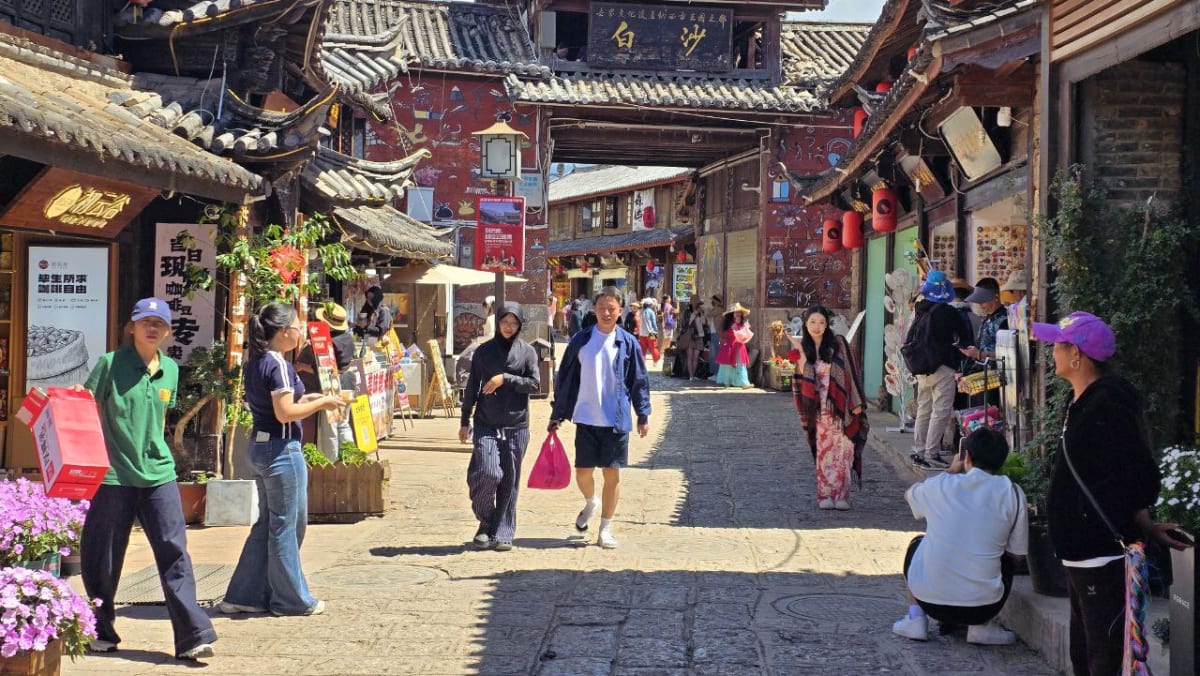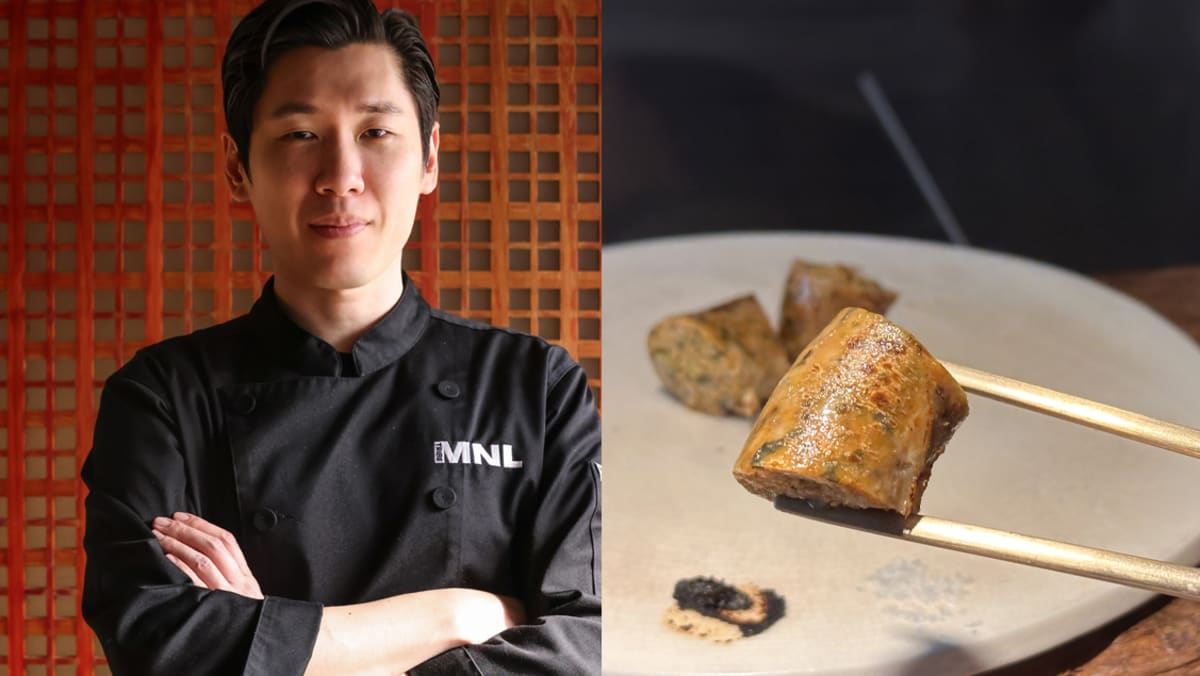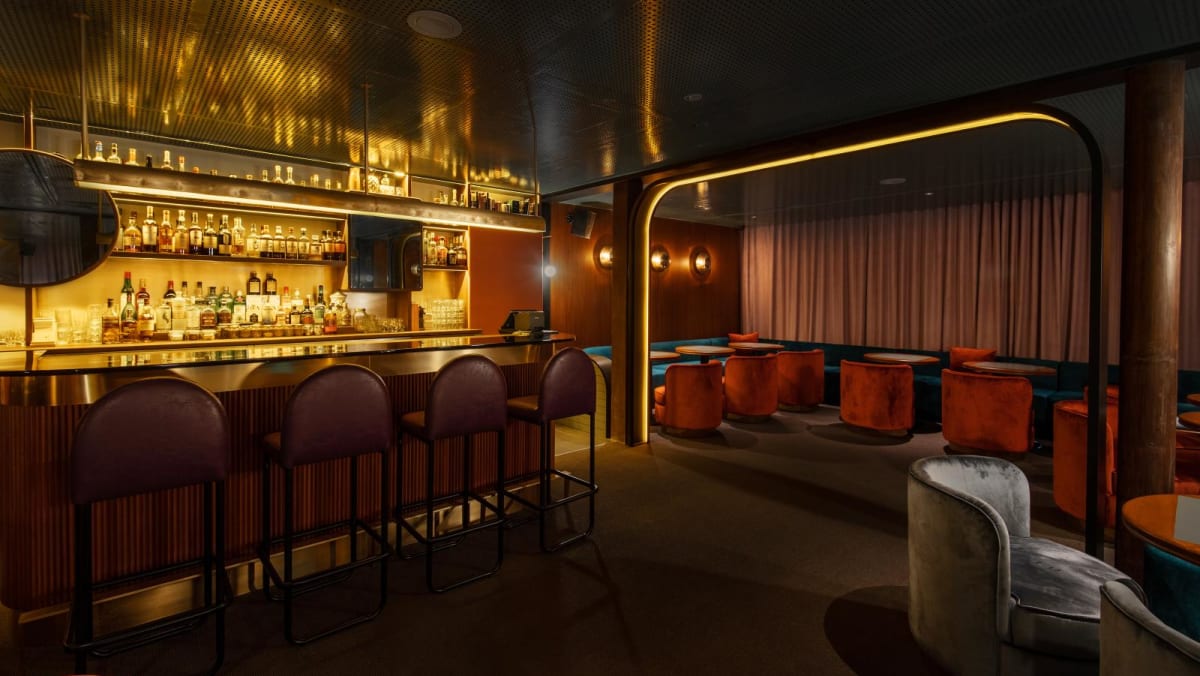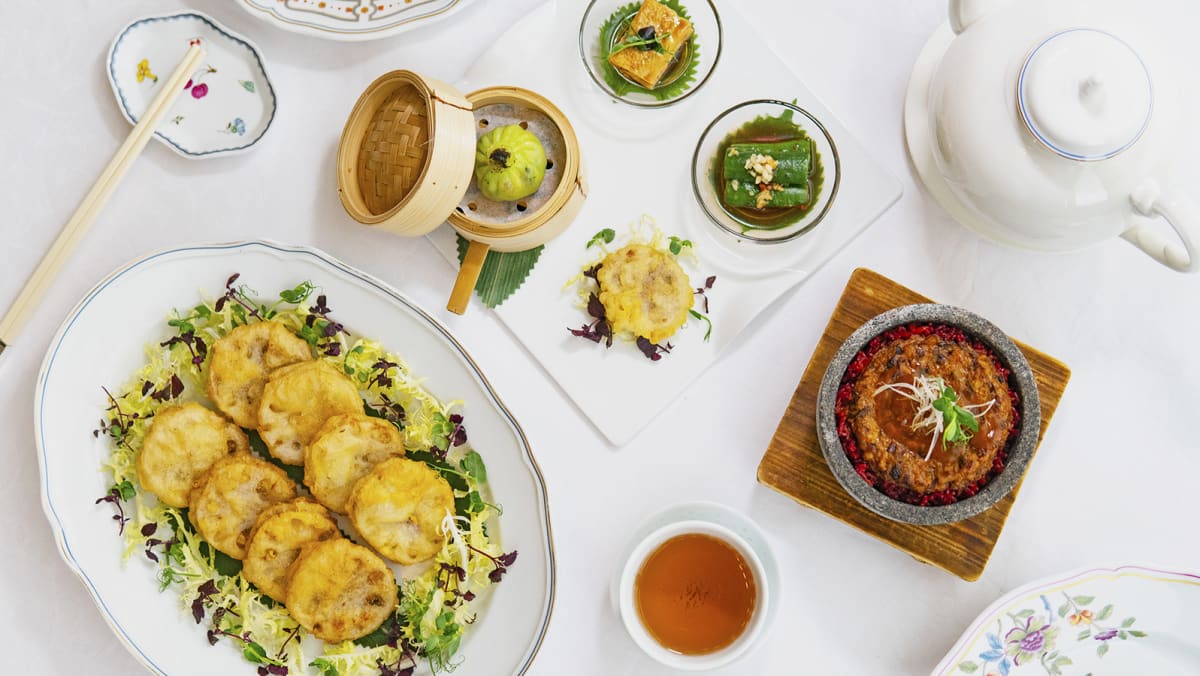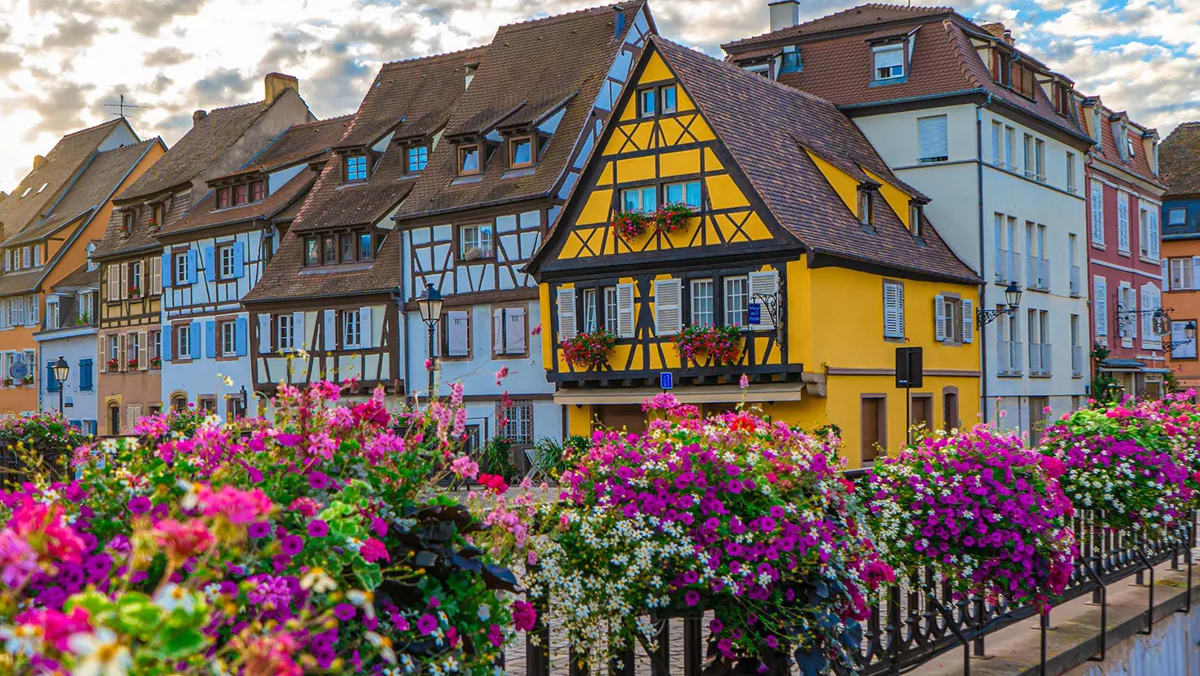It’s delicious and very good for health. It also has a long history and culture,” said Sudo. As a drink for relaxation, tea also contains less negative side effects. “When I drink a few cups of beer or black coffee, I don’t feel so good. But two or three cups of tea a day feels okay,” Sudo commented.
Despite his efforts, Sudo felt that a quicker remedy was necessary to help the ailing industry. The Eureka moment came when Sudo realised there were few casual, modern places to enjoy a good cup of matcha or tea. Most places serving high-grade matcha were formal venues, such as traditional teahouses.
“There were so many good coffee shops in Japan and also the world, but not many modern teahouses,” he said. “I wanted people to feel that it’s not difficult to enjoy tea, so I opened my shop.”
THE RITUAL OF MATCHA
Seven years on, modern teahouses and drinking matcha have become trendy. Like Yugen, many of these teahouses pair the drinks with wagashi (traditional Japanese confectionery) and serve them in an aesthetic, kaiseki style. Sudo shared that acquaintances and even coffee shop owners have asked him to teach them how to make a good cup of coffee using the correct steps and techniques.
As an intentional, precise ritual, the tea ceremony has become the poster child for the slow living trend – not unlike the pour-over coffee experience. Making matcha forces one to put aside other thoughts in order to focus on the visceral actions of measuring, scooping, pouring, stirring and swirling a chawan. It involves all the senses – sight, sound, smell, touch and taste – with the final sensation being the warm, slightly bitter and umami drink flowing down the throat and warming the stomach.





